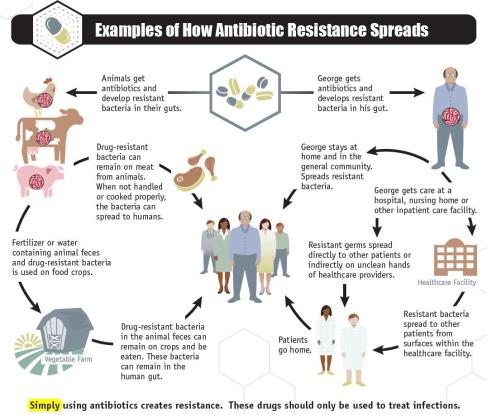Have you ever heard the term “cancer vaccine?” Are there really vaccines to prevent cancer, and do they really work? The truth is, it’s kind of a misnomer. The vaccine against herpes papilloma virus (HPV) is often called a cancer vaccine, but it’s actually a vaccine to prevent an infection that can lead to cancer. In other cases, the term “cancer vaccine” describes a treatment that trains immune cells to attack cancer cells. There is one FDA-approved vaccine treatment for prostate cancer, but there are ongoing clinical trials for many other types of cancers.
One recent clinical trial for patients with glioblastoma found that a cancer vaccine approach significantly extended the patients’ lives. Glioblastoma is the most common and most aggressive type of tumor that originates in the brain, and the average survival after treatment is about a year. This vaccine approach tested at Cedars-Sinai Medical Center in LA was so significant is because it gave half of the patients about five years. The results of the study were reported at a meeting, but the details of the trial and initial findings were published in January.
Researchers collected large numbers of white blood cells (immune cells) from the volunteers through a process called leukapheresis, which separates immune cells and returns red blood cells and other blood components back to the donor. They were after a rare cell type called monocytes that can morph into different cell types depending on their environment. Monocytes originally come from the bone marrow and remain round and smooth as they roll through the blood. Given the right signals, they can leave the blood for other tissues and change into macrophages or dendritic cells, both rugged spindly cells that poke out tiny arms to sense their environment.
If you put white blood cells in a culture dish, as the scientists at Cedars-Sinai did, the monocytes will stick to the bottom of the dish in just a couple of hours. Then you can wash away all of the other cells and keep just the monocytes. After about a week, they will morph on their own into macrophages—cells that eat up pathogens or other dead cells. But if you add a couple of signaling proteins called cytokines, the monocytes will become dendritic cells.
Dendritic cells also eat up foreign material, but they are somewhat more refined at it. They break down everything that they eat and then present little pieces of it to educate other immune cells about what is going on in the body. T cells are their main pupils, and have receptors that sense what the dendritic cells are displaying. Then both types of cells can make proteins to attack the foreign material (bacteria, cancer cells, infected cells) and signal other cells to start a cascading immune response.
Our bodies use this process to fight infection and to prevent cancers from developing. But once a tumor is formed, tumor cells are very effective at re-educating T cells and other immune cells. Tumor cells can make proteins that lull and calm immune cells so that they can’t respond or don’t recognize the tumor cells as foreign. Technically, cancer cells aren’t foreign, but mutated and rebellious. Proteins displayed on cancer cells can be distorted or can be made in excess, distinguishing them from normal cells.

By Simon Caulton. This file is licensed under the Creative Commons Attribution-Share Alike 3.0 Unported license.
The idea behind cancer vaccines is to prepare dendritic cells outside of the body and put them back in where they can push immune system toward actively attacking tumors. The researchers at Cedars-Sinai coaxed monocytes into becoming active dendritic cells in culture. Then they gave the cells peptides, or pieces of proteins, that resembled the ones made in high abundance on glioblastoma cells. Years of research went into simply identifying exactly which proteins were overproduced by these cancer cells and which would best activate the dendritic cells. This study used six peptides to activate and train the dendritic cells. Then the cells were sent back into the patients near their lymph nodes, which are full of T cells awaiting instructions.
Variations on this method are being tested for breast cancer, melanoma, leukemia and many other cancers. The outcomes will depend on which peptides are used, which peptides are made by each person’s tumor, how well one’s cells grow in culture and respond to activation and other variables. It’s a simple idea—to use the body’s own defenses to fight cancer—but there is a lot more to learn about this fascinating and promising treatment.
Sources:
Vaccine promises longer survival for brain tumor patients, Belinda Weber Medical News Today, Nov 2013
Phase I trial of a multi-epitope-pulsed dendritic cell vaccine for patients with newly diagnosed glioblastoma, Phuphanich S, Wheeler CJ, et al. Cancer Immunol Immunother. Jan 2013


